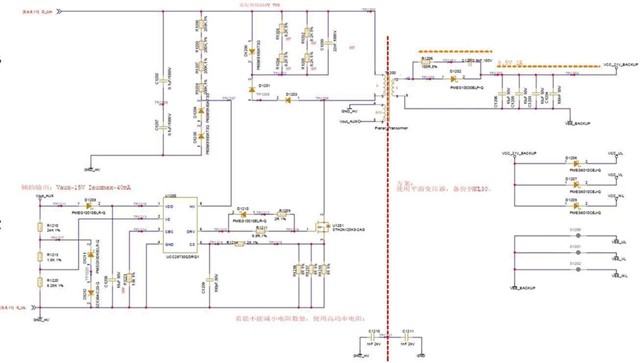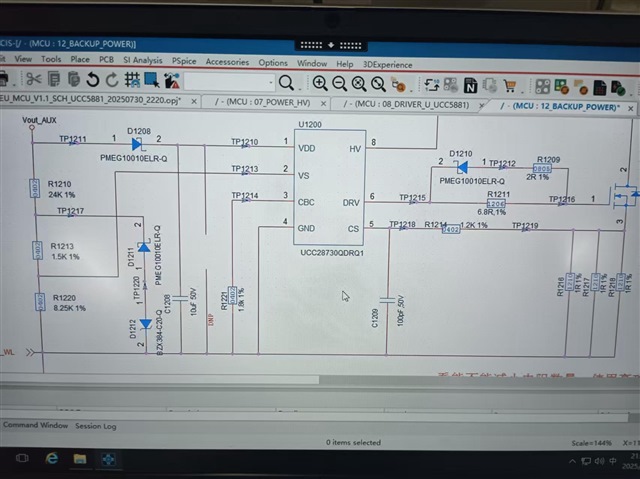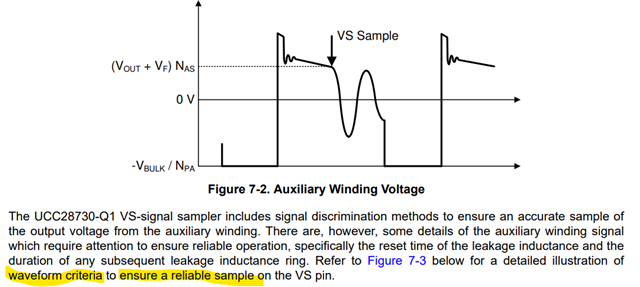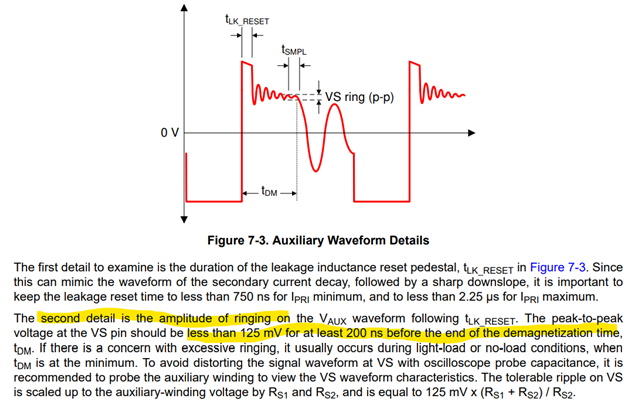Other Parts Discussed in Thread: UCC28730
Tool/software:
Hi Team,
We are facing an odd problem. We found the frequency of the UCC28730 output is not as expected. According to the datasheet, the max switching frequency should be 83kHz. While we measured the frequency is around 140khz~150kHz. We can get this frequency on VGS/VDS and VS pin.



Another problem I'm not sure it is relevant or not. We found the output is not stable, changing following the input voltage.
Could you please kindly help us to advise what reason might lead the sw frequency like this?
Thank you!
Regards,
Frank



